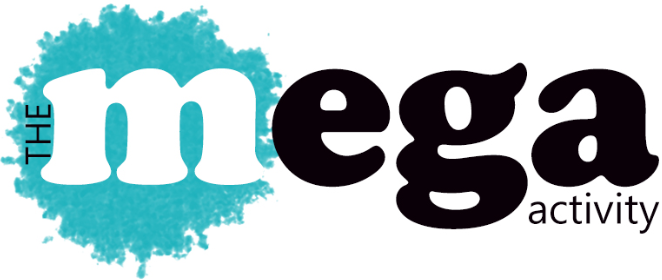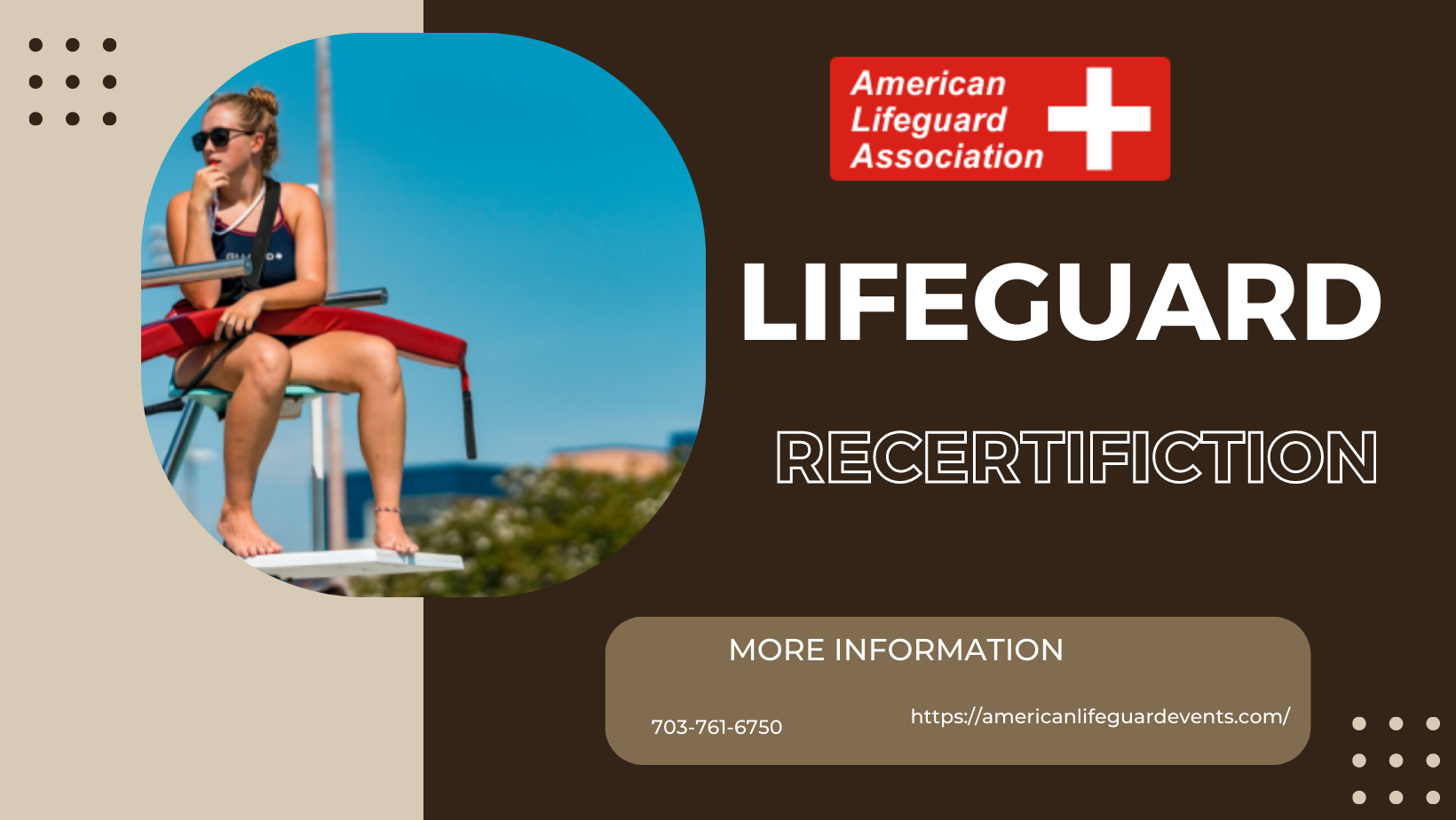Swimming is a popular endurance sport for both beginners and advanced swimmers, especially now that it’s summer again. Outdoor pools are open again and the sun regularly shows its face. Great to combine exercise with cooling.
If you want to improve your swimming performance, Lifeguard recertification in the pool is not the only option for success. In this blog you can read how you can increase your maximum swimming speed and muscle strength by doing targeted strength training for swimmers.
To be able to train the right muscle groups on dry land that you use during swimming. Here let’s see exercises with resistance bands.
The muscles are the basis of every body movement and the largest metabolic organ we have. Because swimming requires the complete body, it also plays an important role.
With swimming you train endurance, coordination and muscles. Good to know is that it does not replace strength and muscle-building training.
Exercising outside the pool involves gravity, which can result in high maximum resistances, swimming, on the other hand, tends to relieve the muscles due to the buoyancy in the water.
Max resistances are the best option for muscle growth anyway, so training on dry land is more effective for increasing maximum strength and building muscle.
More power means more intensity in the stroke and a quick push-off.
Maximum strength is a prerequisite for speed and endurance, which are crucial in swimming.
Different swimming styles for different muscle groups
With the different swimming styles, different muscle groups are unequally stressed, so it makes sense from time to time to alternate between different swimming styles or to train other muscle groups with extra strength training. Below is a brief overview of which swimming styles you use which muscle groups:
Breaststroke challenges the thigh, glute, core and abs.
Front crawl uses almost all muscle groups, but especially the arms and legs.
The backstroke is a good way to build muscle in the back and relieve pressure on the spine. However, the training effect here is lower than with other swimming styles.
Butterfly stroke is the second fastest and most calorie-burning swimming stroke after the front crawl. However, caution is advised with this swimming style: The arms and shoulders are subjected to extreme strain. In addition, the core muscles are especially challenged. That is why it is recommended to warm up properly before performing the butterfly stroke.
The right combination of endurance and strength training for swimmers
So do you want to take your physical performance in the pool up a notch? Then it is advisable to do strength training in addition to endurance training. Therefore also practice a strength sport where you work with high weights or resistance. For example, train with resistance bands. Click here for the resistance bands from our website in different sizes and resistances.
Nice to know: When training with resistance bands, the tension in the lower part of the movement is reduced, they are perfect for preparing your shoulders and arms for training in the pool.
Lifeguard training with the bands is progressive, which means that the more you stretch it, the greater the resistance becomes. This way you determine how intensively you train.
Below you will find some examples of exercises that you can easily imitate to train the muscle groups that you use during swimming.




